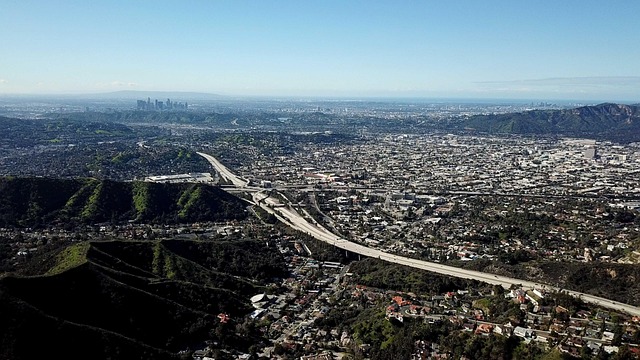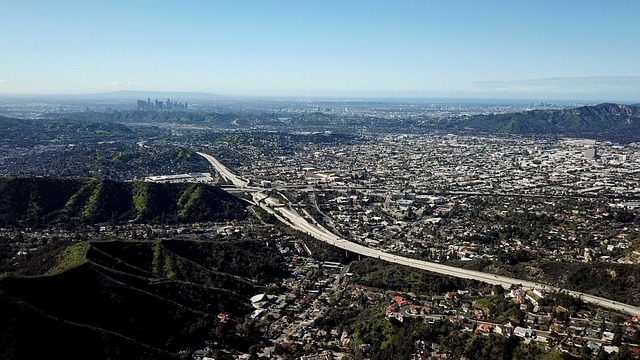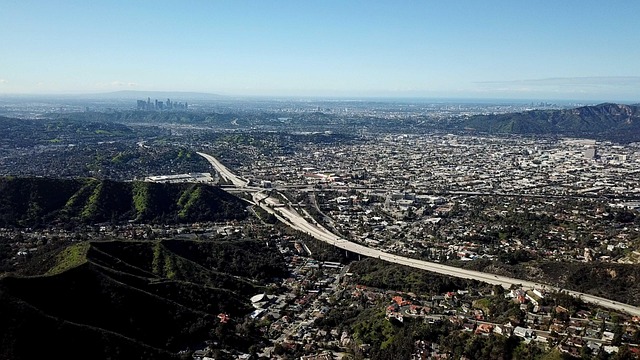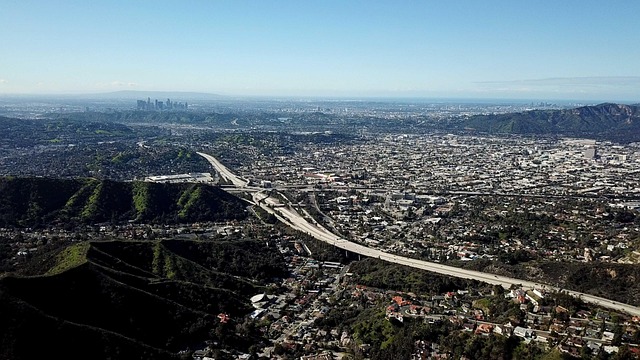Business districts evolve with the dynamic real estate markets they inhabit. Developers play a crucial role by identifying trends and capitalizing on opportunities to attract diverse businesses and workforces, fostering vibrant ecosystems. Mixed-use developments integrating residential, commercial, and retail spaces are powerful urban growth strategies, boosting local economies and attracting investors due to high demand. Innovative designs focusing on smart homes, green spaces, and walkable paths enhance quality of life while ensuring profitability. Well-designed public spaces and efficient transportation systems further elevate neighborhood appeal, driving real estate growth through accessibility and diverse demographics.
In today’s dynamic urban landscape, thriving business districts and vibrant neighborhoods are key indicators of a city’s growth and appeal. This article explores the intricate relationship between real estate development and community flourishing. We delve into how strategic investments in commercial spaces drive economic expansion, while thoughtful urban planning creates livable environments. By examining successful strategies for developers and investors, we uncover the importance of infrastructure and public spaces in fostering thriving communities, ultimately enhancing a city’s overall quality of life.
Understanding the Dynamic Nature of Business Districts: How Real Estate Drives Growth

Business districts, like living organisms, are ever-evolving entities shaped by the dynamics of their surrounding real estate. The growth and transformation of these urban hubs are intrinsically linked to the property market’s fluctuations. As real estate values rise, so does the allure for businesses to establish or expand their presence, driving district revitalization and economic boom. Conversely, declining real estate trends might signal a need for adaptation, prompting innovative strategies to rejuvenate the area.
Real estate developers play a pivotal role in this narrative, identifying emerging trends and capitalizing on opportunities. They recognize that prime locations with accessible real estate can catalyze business growth, attracting startups, established corporations, and a diverse workforce. This, in turn, fosters a vibrant neighborhood ecosystem where economic activity thrives, creating a positive feedback loop that perpetuates the district’s success.
Creating Vibrant Neighborhoods: Strategies for Urban Developers and Investors

Creating vibrant, thriving neighborhoods is a key strategy for urban developers and investors looking to drive growth in business districts. This involves thoughtfully integrating mixed-use developments that blend residential, commercial, and retail spaces. By fostering a sense of community and accessibility, these neighborhoods attract diverse populations, including young professionals, families, and retirees, thereby boosting local economies.
Real estate opportunities within such areas are vast, with investors flocking to areas characterized by a surge in demand for housing and amenities. Developers can capitalize on this by implementing innovative designs that cater to modern lifestyles—think smart homes, green spaces, and walkable paths connecting key destinations. Ultimately, these strategies not only enhance quality of life but also ensure the long-term sustainability and profitability of real estate investments.
The Impact of Infrastructure and Public Spaces on Community Flourishing

The physical infrastructure and public spaces within a district play a pivotal role in fostering community growth and overall real estate development. Well-designed and accessible sidewalks, parks, and community centers encourage interaction and create a sense of belonging among residents. These spaces serve as hubs for social gatherings, cultural events, and local businesses, enhancing the vibrancy and appeal of the neighborhood.
Public transportation systems, including efficient bus routes, bike lanes, and walking paths, further contribute to a thriving community. They make the area more accessible, attracting diverse demographics and boosting economic activity. This, in turn, stimulates real estate growth as individuals and families seek affordable housing options close to these amenable environments, creating a positive feedback loop that promotes sustainable community flourishing.






